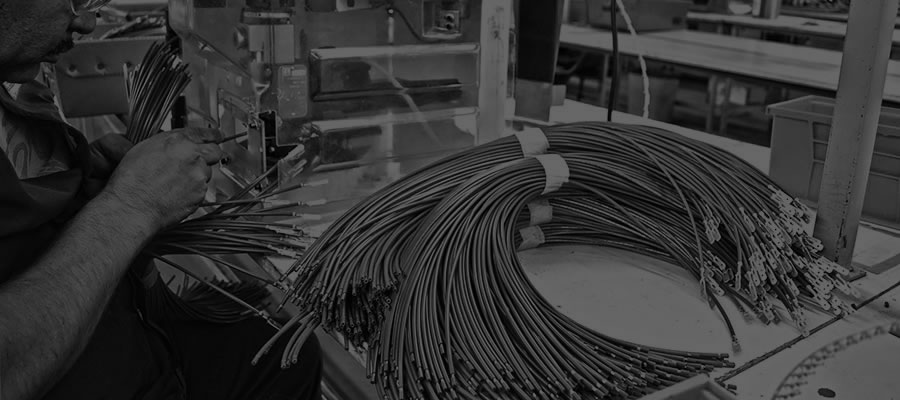A correct and harmonious production line achieves everything the company sets out to do; the big challenge is finding this production line to work the projects in the best possible way.
Production line optimization is a critical factor for any company seeking success in the competitive world of manufacturing assembly. In essence, it is a systematic approach to improving efficiency, reducing waste, and maximizing production within the assembly process.
What is a production line?
It is a system for the efficient manufacture of large quantities of standardized products. It is a sequence of workstations, each performing a specific, repetitive task as the product moves from one station to the next until completion.
Some characteristics of a production line include
- Standardization: The products being manufactured are largely identical, allowing for repetition and efficiency.
- Mass production: Production lines are designed to manufacture large volumes of products.
- Efficiency: Specialization and linear flow minimize the time and effort required to produce each unit.
Some examples of these are cable assembly, electronics assembly, and automobile manufacturing.

Advantages of an optimized production line
An optimized production line offers numerous companies. First, it significantly increases efficiency. By dividing the production process into smaller, specialized tasks, each worker can focus on a single aspect, leading to faster production and higher production volumes.
This efficiency also reduces labor costs, as less time is needed to produce each unit. A production line improves product quality. The standardization of processes and the use of specialized machinery ensure uniformity and minimize errors. Production lines facilitate the implementation of quality controls at each stage of the process, which further reduces the likelihood of defects.
Industries benefiting from production lines
Production lines have revolutionized the way products are manufactured, allowing for greater efficiency, speed, and accuracy. These are industries that benefit greatly from the high efficiency of the production line.
An example of these industries can be found in several important markets of our daily life:
- Medical: The medical industry relies heavily on production lines for the manufacture of medical devices and equipment.
- Automotive: Production lines enable the efficient assembly of vehicles, from the body to the interior and engine components.
- Electronics: The electronics industry relies on production lines to manufacture various electronic devices and components. Production lines enable the mass production of smartphones, computers, televisions and other electronic devices.
The key components of production line optimization
Several interconnected elements contribute to an optimized production line:
- Production line design: A well-thought-out design is the basis for an efficient assembly process.
- Automation: Incorporating automation, such as robots, conveyor systems, and computer-controlled machinery, can speed up repetitive tasks, reduce human error, and increase overall production.
- Lean manufacturing principles: Adopting lean principles can help eliminate waste, optimize workflow, and improve efficiency.
- Quality control: Implementing robust quality control measures throughout the production line is essential to ensure that products meet the highest standards.
- Employee training: Trained and motivated workers are crucial to the success of any production line.
- Maintenance: Regular and proactive maintenance of machinery and equipment is essential to minimize downtime, prevent breakdowns, and ensure the optimal operation of the production line.

Achieving production line objectives effectively
An assembly line is a powerful tool that can help companies achieve a variety of goals. One of the primary goals of many companies is to increase production, and an assembly line can accomplish this by streamlining the production process and enabling mass production.
By breaking the assembly process into sequential steps and assigning skilled workers to each step, a higher volume of products can be produced in less time. An assembly line can also help companies improve customer satisfaction. By producing products faster and more more efficiently, companies can fulfill customer orders in a timely manner and reduce lead times.
For companies looking to optimize their assembly processes and ensure the highest quality products, it is crucial to consider all aspects of the production line. This is especially true for industries that require a high level of precision and reliability, such as those that rely on cable assembly in California. Contact us and get a quote.
